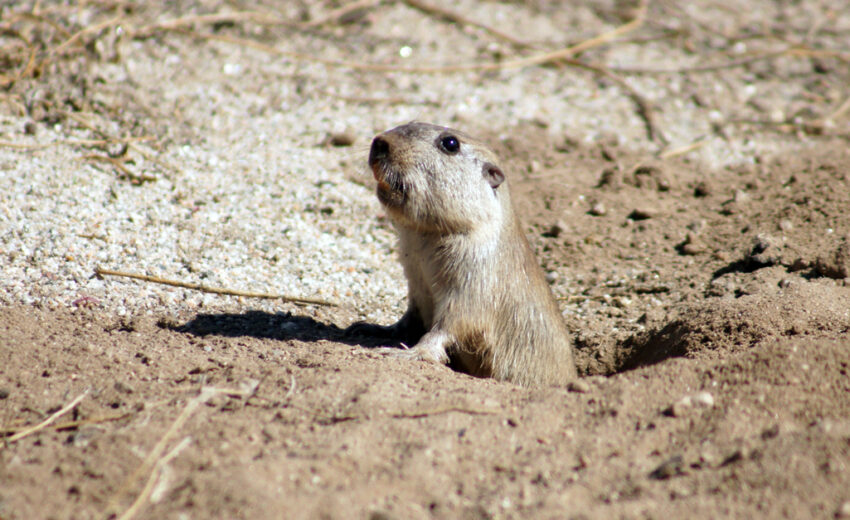The tuco-tuco is a rodent that lives in South America. There are an estimated 60 known species, to date. They can be found in Argentina, Bolivia, Brazil, Chile, Paraguay, Peru, and
- Zoology
- Daily Critter Facts
- For Teachers
- Study Guides
- Animal Diseases & Parasites
- Contact

